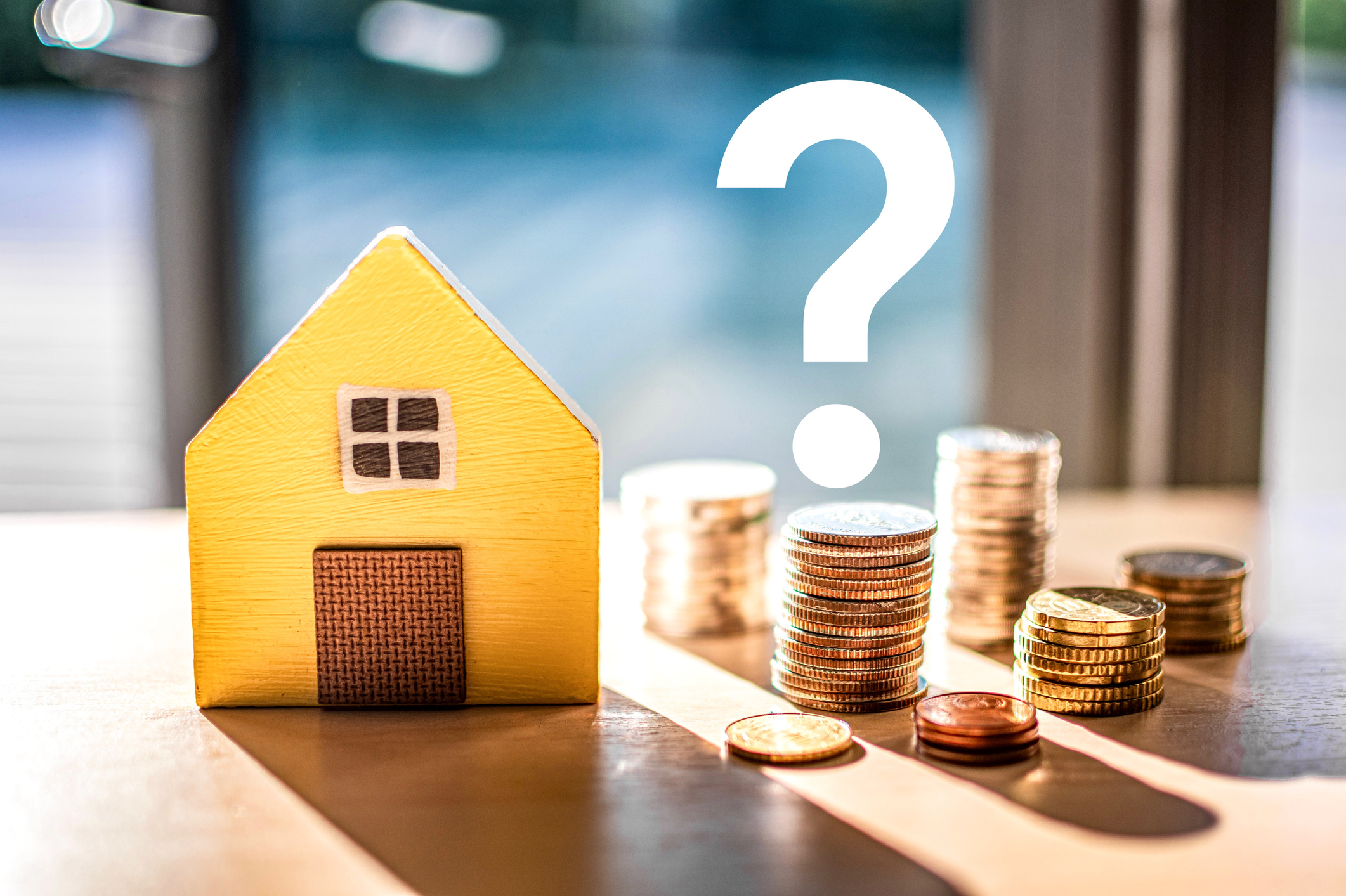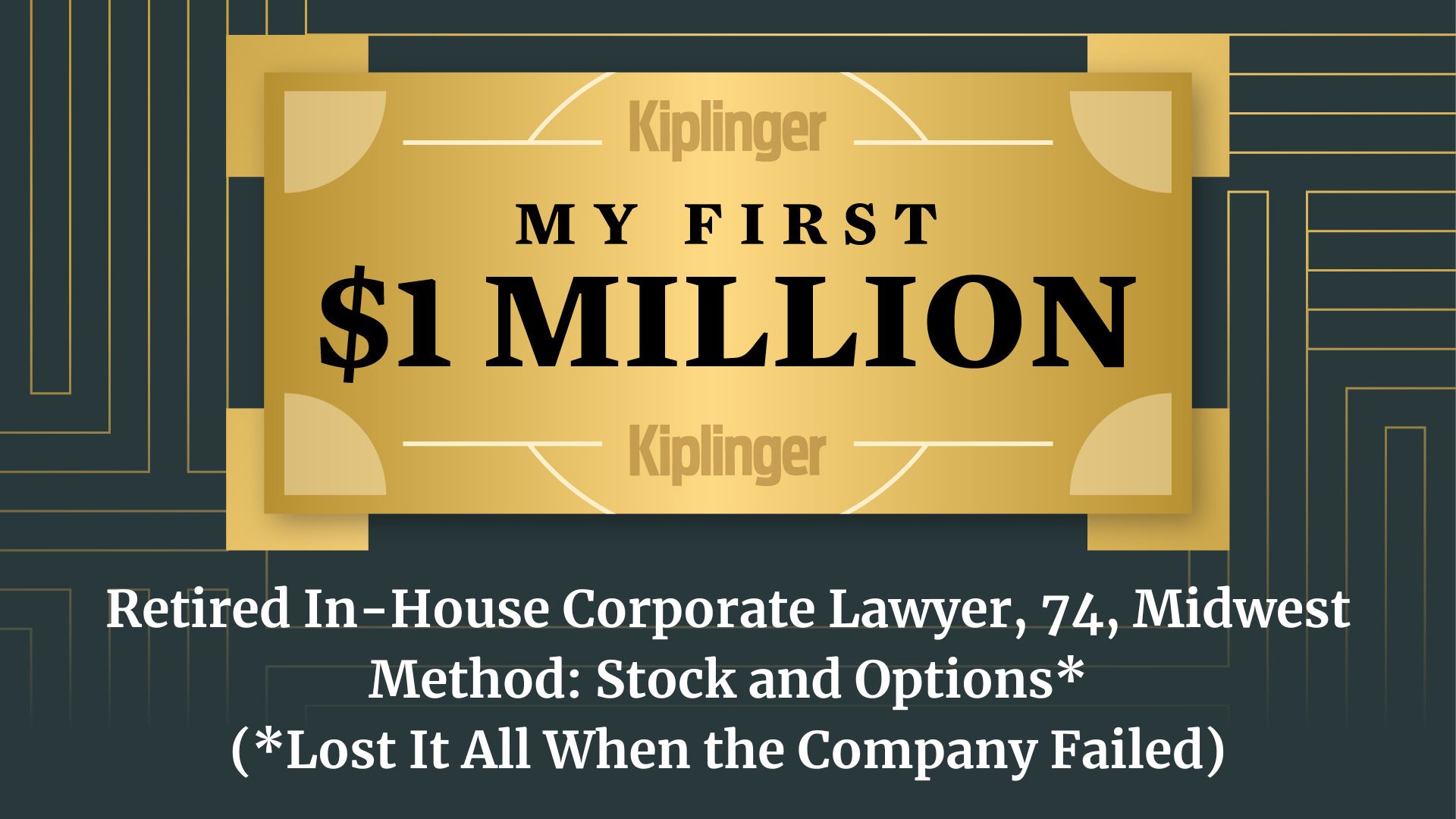What Are the Hidden Costs of Homeownership?
If you don't plan for these hidden costs of homeownership when buying a home, you could be stuck paying more than you can afford.


You know the basic costs that go along with homebuying, but what about the hidden costs of homeownership — all the less obvious expenses beyond your mortgage that can really add up?
If you’re in the process of calculating how much home you can afford, you might need to rework your budget. Affordability is one of the biggest challenges first-time homebuyers face, and less obvious expenses can have you paying a lot more money each month in addition to your expected mortgage payment. If you fail to take into account ancillary expenses when buying a home, you could be stuck paying more than you can afford.
The average annual cost of owning and maintaining a single-family home in the U.S. is $18,118 a year, or an additional $1,510 per month on top of a mortgage payment, according to a recent study from Bankrate. That's 26% higher than it was four years ago. Homeowners spent an average of $14,000 on hidden expenses in 2023, according to a Zillow study, an additional $1,180 per month.
From just $107.88 $24.99 for Kiplinger Personal Finance
Become a smarter, better informed investor. Subscribe from just $107.88 $24.99, plus get up to 4 Special Issues

Sign up for Kiplinger’s Free Newsletters
Profit and prosper with the best of expert advice on investing, taxes, retirement, personal finance and more - straight to your e-mail.
Profit and prosper with the best of expert advice - straight to your e-mail.
Hidden costs of homeownership
Clearly, there’s a lot more to consider when buying a home beyond its sticker price and mortgage rate. Utility costs, property taxes, insurance and home maintenance can tack on a hefty bill each month. Here’s a look at some of the most common hidden expenses you should anticipate and plan for.
- Closing costs: These are the fees you'll pay when finalizing your home purchase. Typically, this will cost between 2% to 5% of the home’s purchase price. For a $300,000 home, this works out to a range of $6,000 to $15,000 in closing costs alone.
- Home inspection: Before buying a home, it’s a good idea to get a home inspection. If not, you could end up paying thousands of dollars in repairs later on down the road due to defects in the house’s structure. However, a home inspection will set you back $342 on average, according to Angi.
- Moving costs and fees: So you bought the home of your dreams! Great, now comes the dreaded part — packing up your entire life into boxes and moving. The average cost to move a three-bedroom home locally is $2,200, according to Forbes. A long-distance move for a home that size? $4,400 on average.
- Homeowners insurance: Home insurance isn’t one size fits all. How much you’ll pay depends on a number of factors, including location, credit history, size of the home, and level of coverage needed. Insurance rates can also vary widely between cities, so it’s important to consider these costs when determining how much home you can afford. On average, homeowners insurance costs $2,230 per year for a policy with $300,000 in dwelling coverage, reports Bankrate.
- Property taxes: Another important cost to remember — property taxes. As a homeowner, you’ll need to make sure to budget for this ongoing expense. And property taxes “will continue to rise rather than drop” in most instances, according to Citizens Bank,.
- New furnishings: Don’t forget about the added cost of new furnishings, especially if you’re moving into a larger home. The average cost to furnish a three-bedroom house is $10,000 to $40,000 with moderately priced furnishings, according to Home Guide, while the average cost to furnish a four-bedroom home is $15,000 to $60,000.
- Repairs and maintenance: Standard home repairs and routine maintenance, like pest control, lawn care, trash fees, roof maintenance, plumbing repairs, appliance replacement, heating costs and cleaning expenses all add up.
- HOA fees: There's a good chance the home you're buying is part of either a homeowner’s association (HOA) or condo association. If so, you'll need to budget for a monthly or quarterly fee, which covers the cost of maintaining common areas and amenities in the community.
“While homeowners are typically aware they'll have to pay for utilities every month, these other costs not directly related to purchasing the home itself can easily slip from one's mind,” Claudia Phillips, who works with This Old House Reviews tells Kiplinger. “When purchasing a home, buyers should outline these costs ahead of time to make sure they can budget on a monthly or annual basis. These expenses will vary depending on a home's age, location, material and construction. Homeowners should consider purchasing a home warranty policy to offset these costs, which can reach an average of $600 annually.”
What is the cost of homeownership by state?
What States have the most and least expensive homeownership costs? A recent study from Bankrate took a look. Here’s what it found.
States with the highest average hidden homeownership costs:
- 1. Hawaii: $29,015
- 2. California: $28,790
- 3. Massachusetts: $26,313
- 4. New Jersey: $25,573
- 5. Connecticut: $23,515
States with the lowest average hidden homeownership costs:
- 1. Kentucky: $11,559
- 2. Arkansas: $11,692
- 3. Mississippi: $11,881
- 4. Alabama: $12,258
- 5. Indiana: $12,259
Bankrate Analyst Jeff Ostrowski states in the study, “No matter where you live, make sure you include some cushion in your monthly budget to absorb the shock of unplanned expenses. After you achieve homeownership, you need to fatten up your emergency savings account for all those surprise repairs.”
Related Content
Profit and prosper with the best of Kiplinger's advice on investing, taxes, retirement, personal finance and much more. Delivered daily. Enter your email in the box and click Sign Me Up.

Erin pairs personal experience with research and is passionate about sharing personal finance advice with others. Previously, she was a freelancer focusing on the credit card side of finance, but has branched out since then to cover other aspects of personal finance. Erin is well-versed in traditional media with reporting, interviewing and research, as well as using graphic design and video and audio storytelling to share with her readers.
-
 The Rule of Compounding: Why Time Is an Investor's Best Friend
The Rule of Compounding: Why Time Is an Investor's Best FriendDescribed as both a "miracle" and a "wonder," compound interest is simply a function of time.
-
 4 Great Tools to DIY Your Own Financial Plan
4 Great Tools to DIY Your Own Financial PlanSmart Savings Several tools picked out by Kiplinger that DIYers can use to make their own financial plan.
-
 The 7-Month Deadline That Sets Your Lifetime Medicare Premiums
The 7-Month Deadline That Sets Your Lifetime Medicare PremiumsUnderstanding Medicare enrollment is crucial, as missing deadlines can lead to permanent late enrollment penalties and gaps in coverage.
-
 4 Great Tools to DIY Your Own Financial Plan
4 Great Tools to DIY Your Own Financial PlanSmart Savings Several tools picked out by Kiplinger that DIYers can use to make their own financial plan.
-
 The 7-Month Deadline That Determines Your Lifetime Medicare Premiums
The 7-Month Deadline That Determines Your Lifetime Medicare PremiumsUnderstanding Medicare enrollment is crucial, as missing deadlines can lead to permanent late enrollment penalties and gaps in coverage.
-
 Should You Renew Your CD?
Should You Renew Your CD?With rate cuts impacting earnings, we examine if now is a wise time to renew CDs.
-
 Where to Store Your Cash in 2026
Where to Store Your Cash in 2026Set yourself up for success with these strategies.
-
 How Much Income You Really Need to Afford a $500,000 Home
How Much Income You Really Need to Afford a $500,000 HomeAs home prices increase, the income needed for a house is also climbing. We break down what you need to earn to afford a $500,000 home.
-
 I'm a Financial Adviser: The Fed's Rate Cuts Could Have Impacts You Might Not Anticipate
I'm a Financial Adviser: The Fed's Rate Cuts Could Have Impacts You Might Not AnticipateUnderstanding how lower interest rates could impact your wallet can help you determine the right financial moves to make.
-
 My Teen Crashed His Car, and Now Our Insurance Has Tripled. What Now?
My Teen Crashed His Car, and Now Our Insurance Has Tripled. What Now?Dealing with the costly aftermath of a teen car accident is stressful. Here are your options for navigating it.
-
 My First $1 Million: Retired In-House Corporate Lawyer, 74, Midwest
My First $1 Million: Retired In-House Corporate Lawyer, 74, MidwestEver wonder how someone who's made a million dollars or more did it? Kiplinger's My First $1 Million series uncovers the answers.